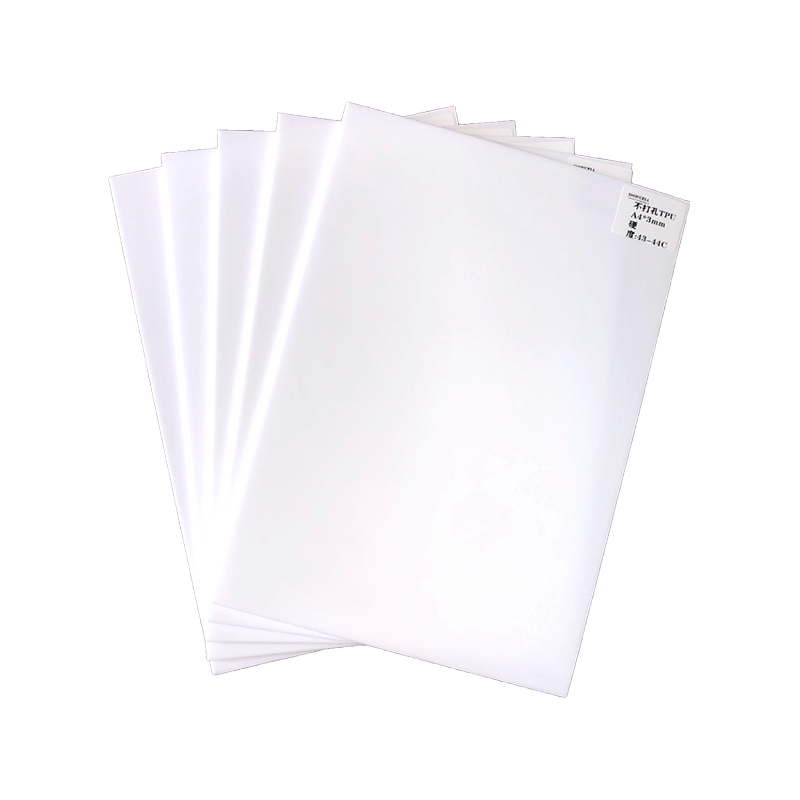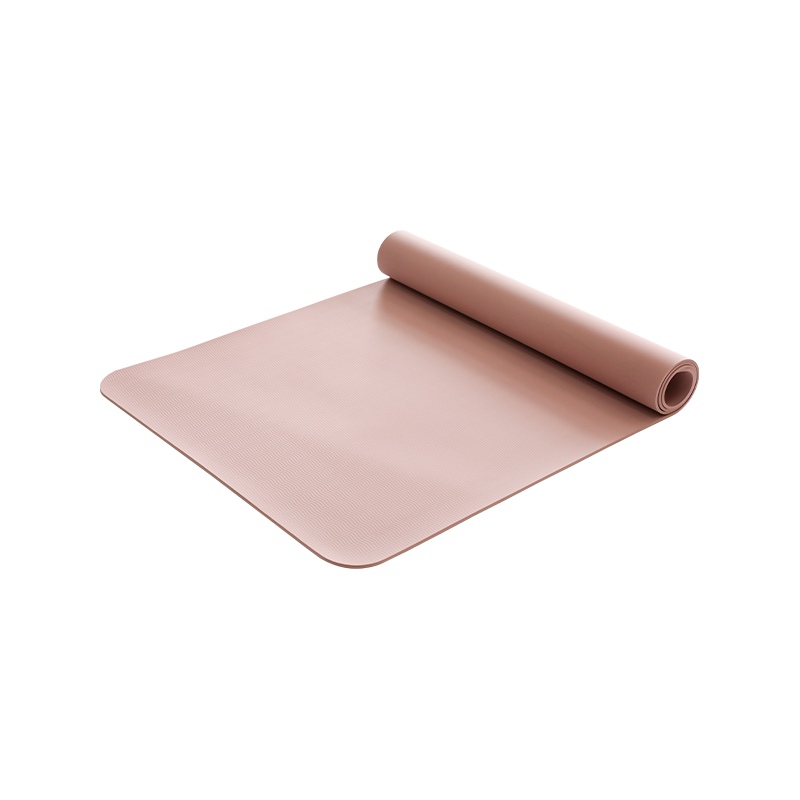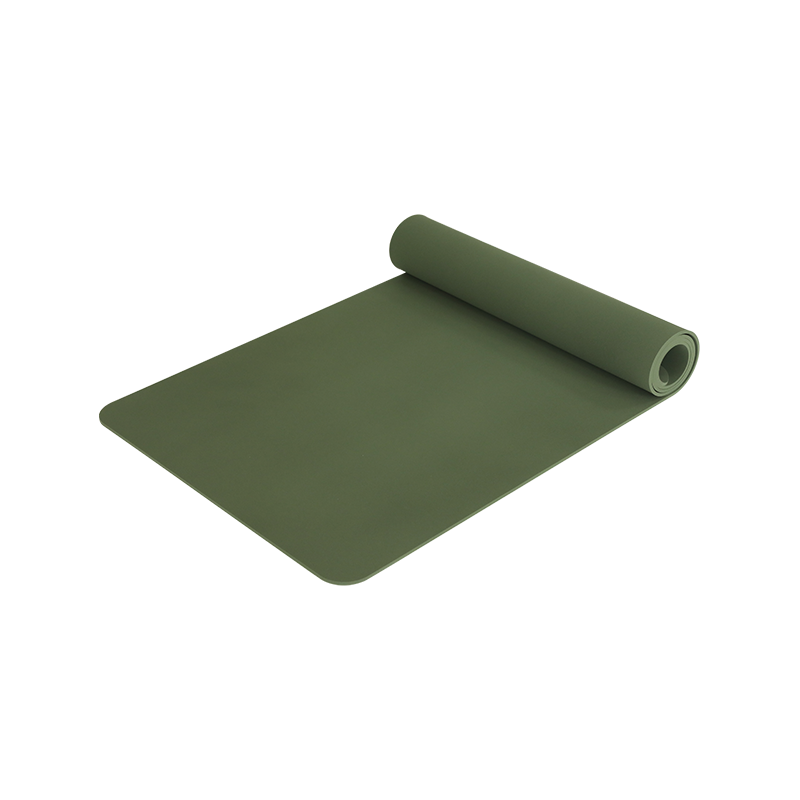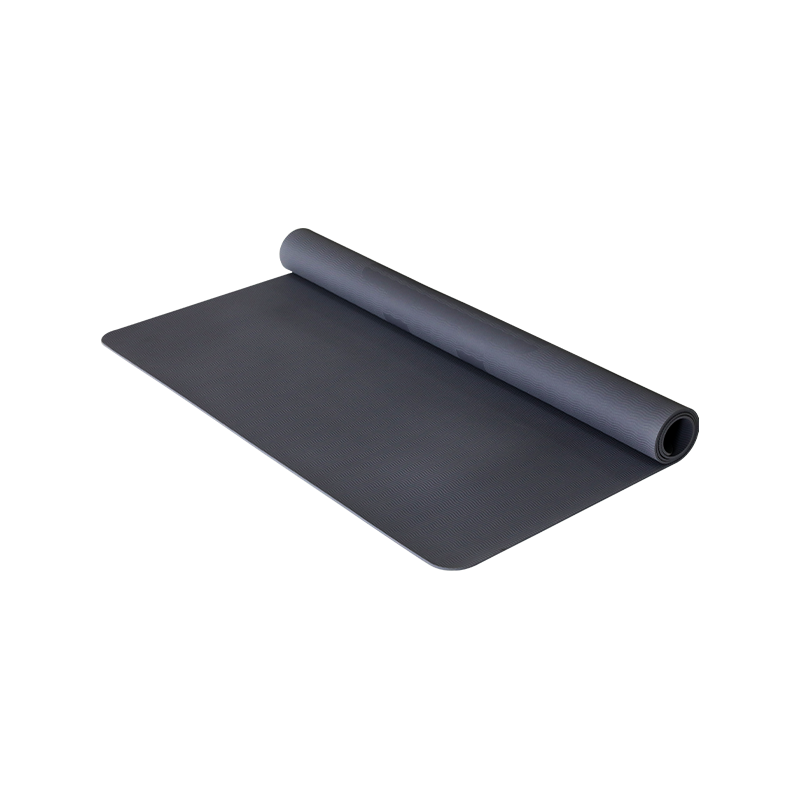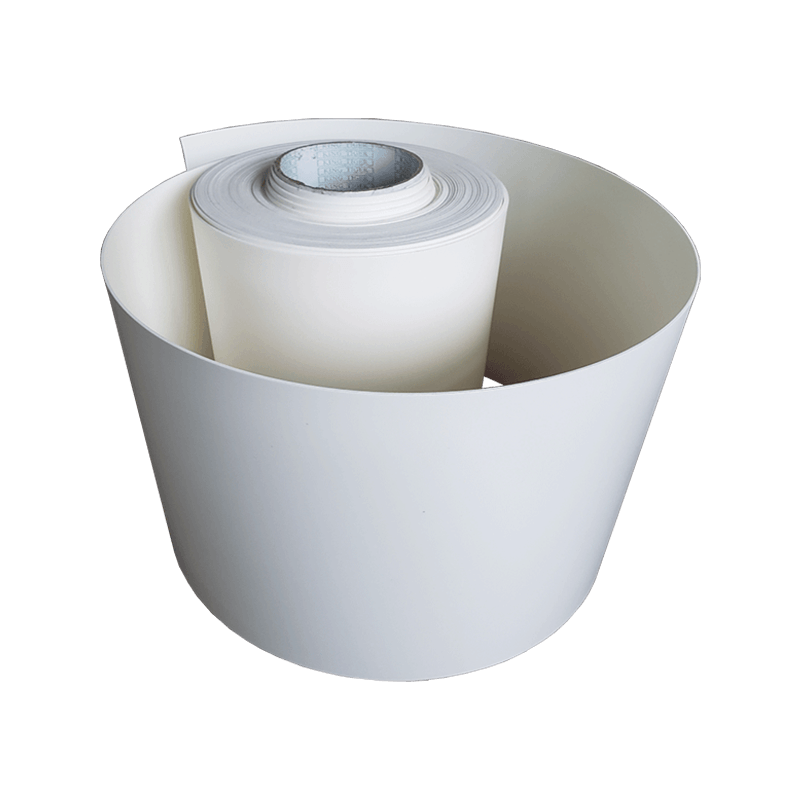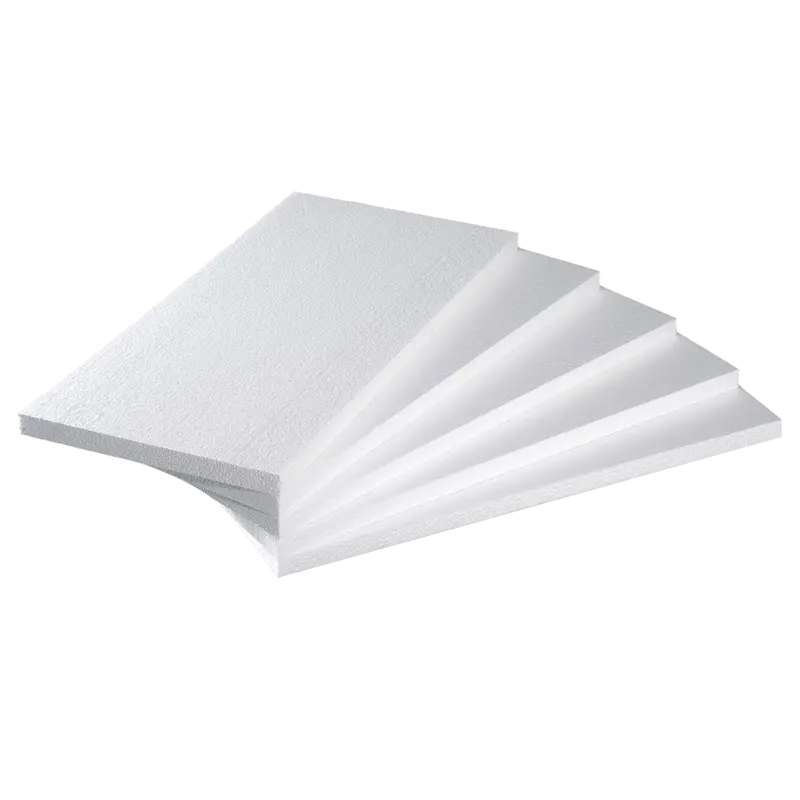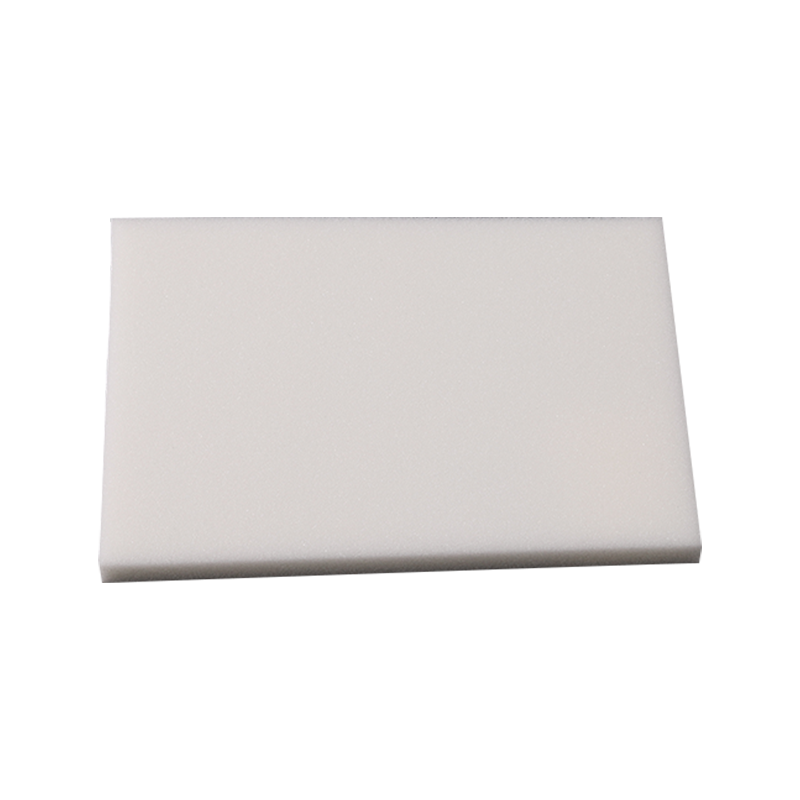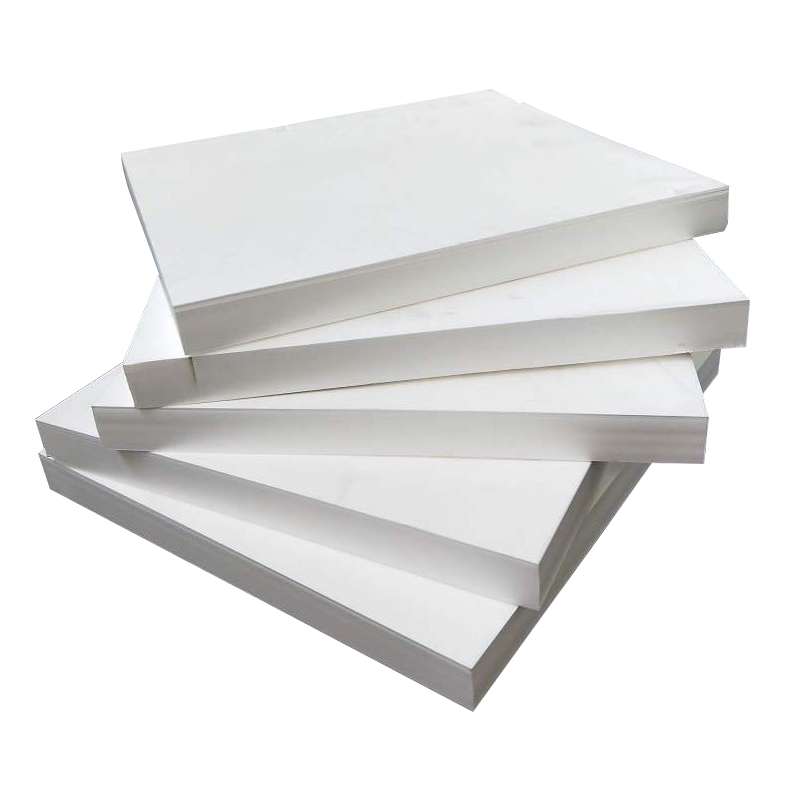Home / News / How does MPP foam sheet perform under high temperatures?
MPP foam sheet, or modified polypropylene foam sheet, is a lightweight yet durable material widely used in industries requiring thermal resistance, cushioning, and insulation. One of its critical performance factors is its behavior under high temperatures, which determines its suitability for various applications.
Thermal stability of MPP foam sheet
MPP foam sheet exhibits strong thermal stability due to its polypropylene-based composition. Unlike some other foam materials, it does not easily soften or deform when exposed to moderate heat. The material typically retains its shape and mechanical properties at temperatures up to 120°C (248°F), making it suitable for applications where heat resistance is necessary. However, prolonged exposure to temperatures near or above this threshold may lead to gradual degradation.
The closed-cell structure of MPP foam sheet contributes to its heat resistance by minimizing heat transfer. This structure also helps maintain dimensional stability, preventing warping or shrinking under thermal stress. Compared to open-cell foams, MPP foam sheet provides better insulation against heat, which is why it is often used in automotive interiors, electronic packaging, and construction applications.
Structural integrity under heat exposure
When subjected to high temperatures, the structural integrity of MPP foam sheet remains largely intact within its operational limits. Unlike polystyrene-based foams, which may melt or release harmful fumes when overheated, MPP foam sheet maintains a higher degree of safety. It does not emit toxic gases under normal working conditions, though extreme heat beyond its tolerance can cause breakdown.
A key advantage is that MPP foam sheet does not become brittle when cooled after heat exposure. Some foams crack or lose flexibility when subjected to thermal cycling, but MPP foam sheet retains its elasticity, making it reliable for repeated use in environments with fluctuating temperatures. This property is particularly valuable in industrial settings where materials must endure thermal variations without losing performance.
Practical implications for high-temperature applications
The ability of MPP foam sheet to withstand heat makes it a preferred choice in several industries. In automotive manufacturing, it is used for heat shields, gaskets, and interior padding, where exposure to engine heat or sunlight is common. In electronics, it serves as protective packaging for devices that generate heat, preventing damage during storage or transportation.
Another notable application is in construction and building insulation, where MPP foam sheet acts as a thermal barrier. Its resistance to heat helps improve energy efficiency by reducing heat transfer through walls and roofs. Additionally, because it does not absorb moisture easily, it remains effective even in humid or high-temperature environments.
Limitations and considerations
While MPP foam sheet performs well under high temperatures, it is not indestructible. Prolonged exposure to temperatures above its threshold can lead to softening, loss of compressive strength, or even melting in extreme cases. Therefore, selecting the appropriate grade of MPP foam sheet for specific temperature conditions is crucial.
The following table summarizes the general performance of MPP foam sheet under different temperature ranges:
| Temperature Range | Performance Characteristics |
|---|---|
| Below 80°C (176°F) | Stable, no significant changes in properties |
| 80°C - 120°C (176°F - 248°F) | Maintains shape but may experience slight softening |
| Above 120°C (248°F) | Risk of deformation, reduced structural integrity |
MPP foam sheet demonstrates reliable performance under high temperatures, making it a versatile material for heat-sensitive applications. Its thermal stability, structural resilience, and safety features position it as a superior choice compared to many alternative foams. However, understanding its limits ensures optimal use in environments where heat exposure is a concern. By selecting the correct specifications and avoiding extreme conditions, manufacturers and engineers can fully leverage the benefits of MPP foam sheet in high-temperature scenarios.


 English
English
 Español
Español

 ++86-0512-66079229
++86-0512-66079229
